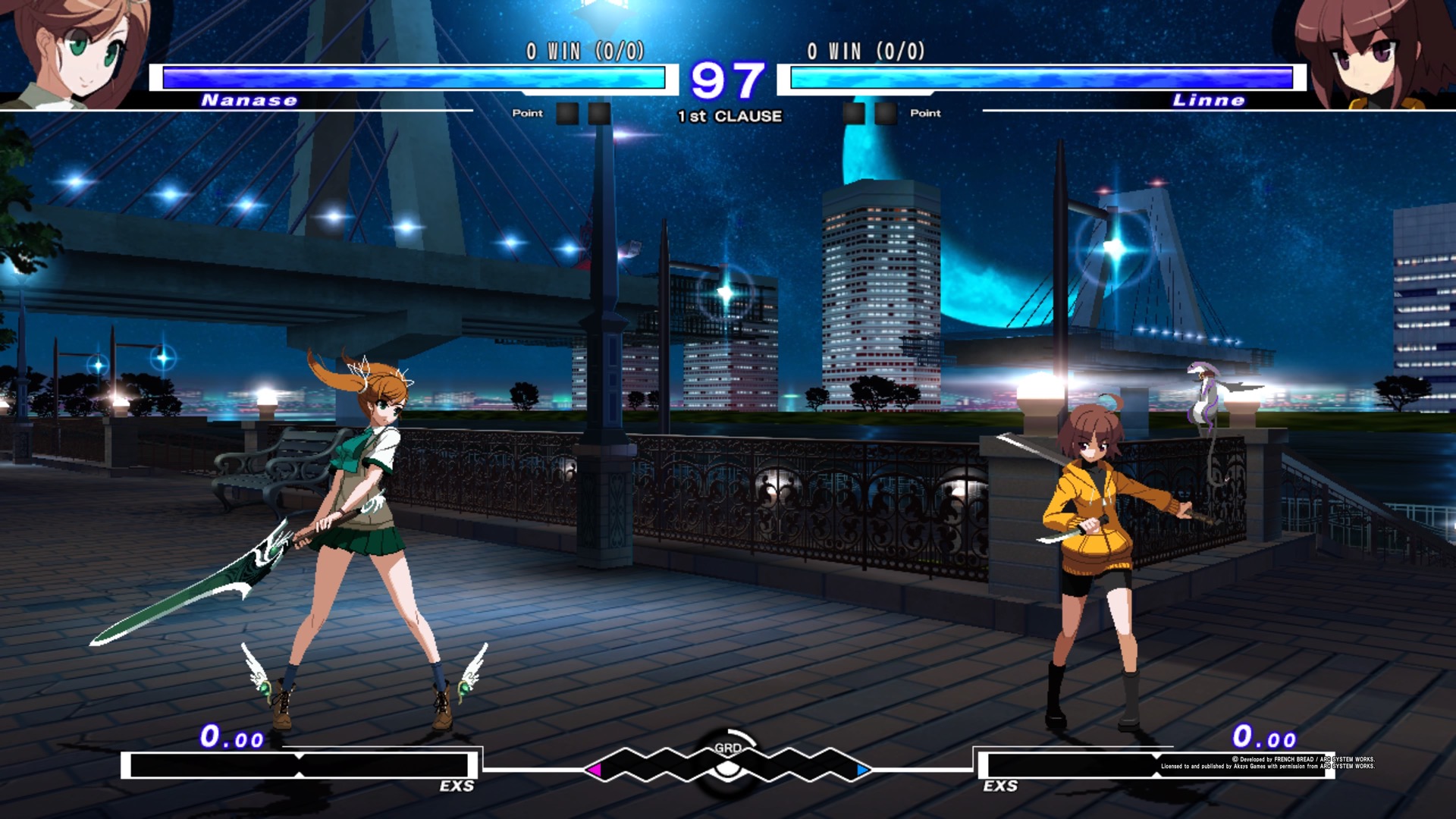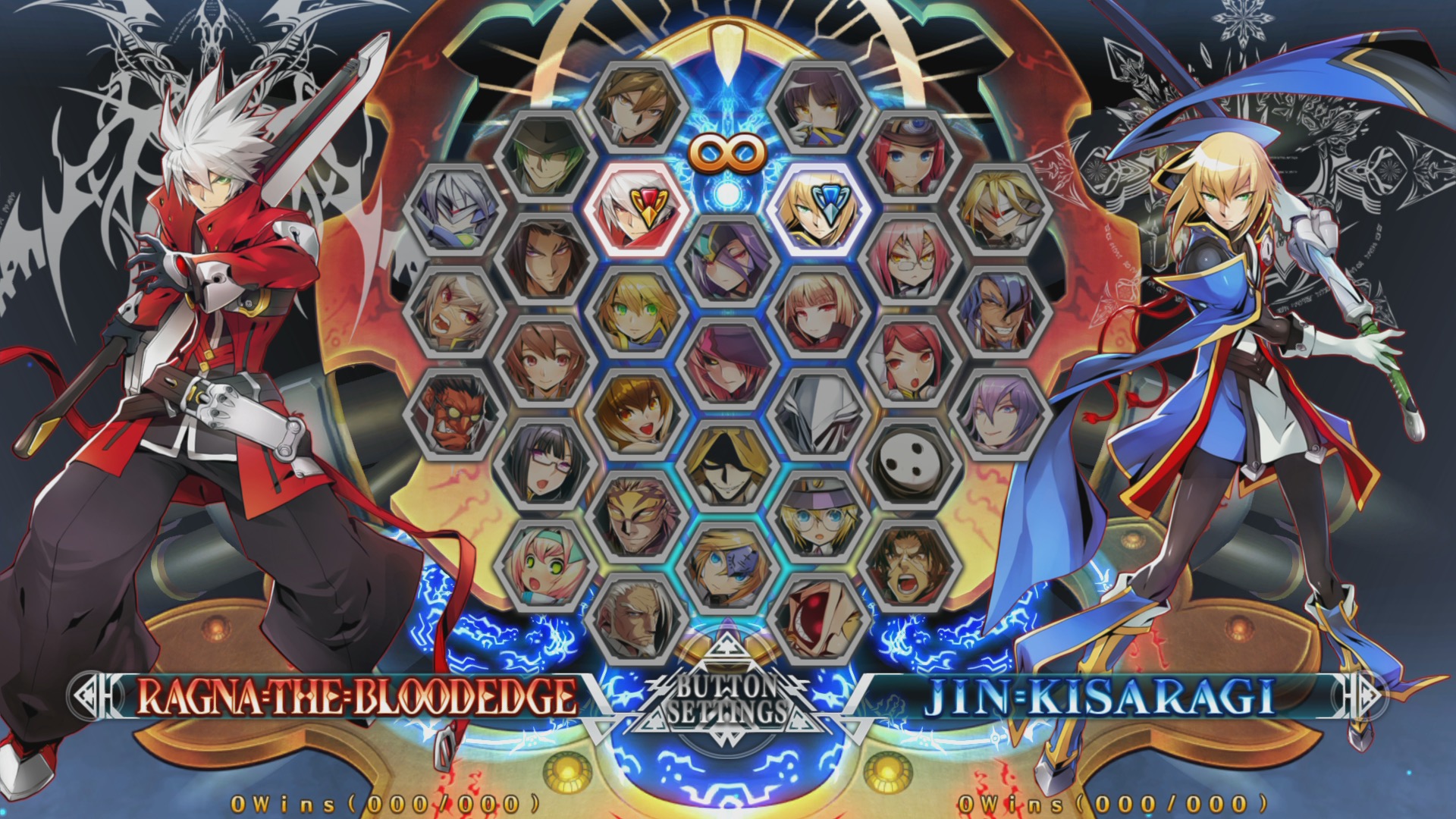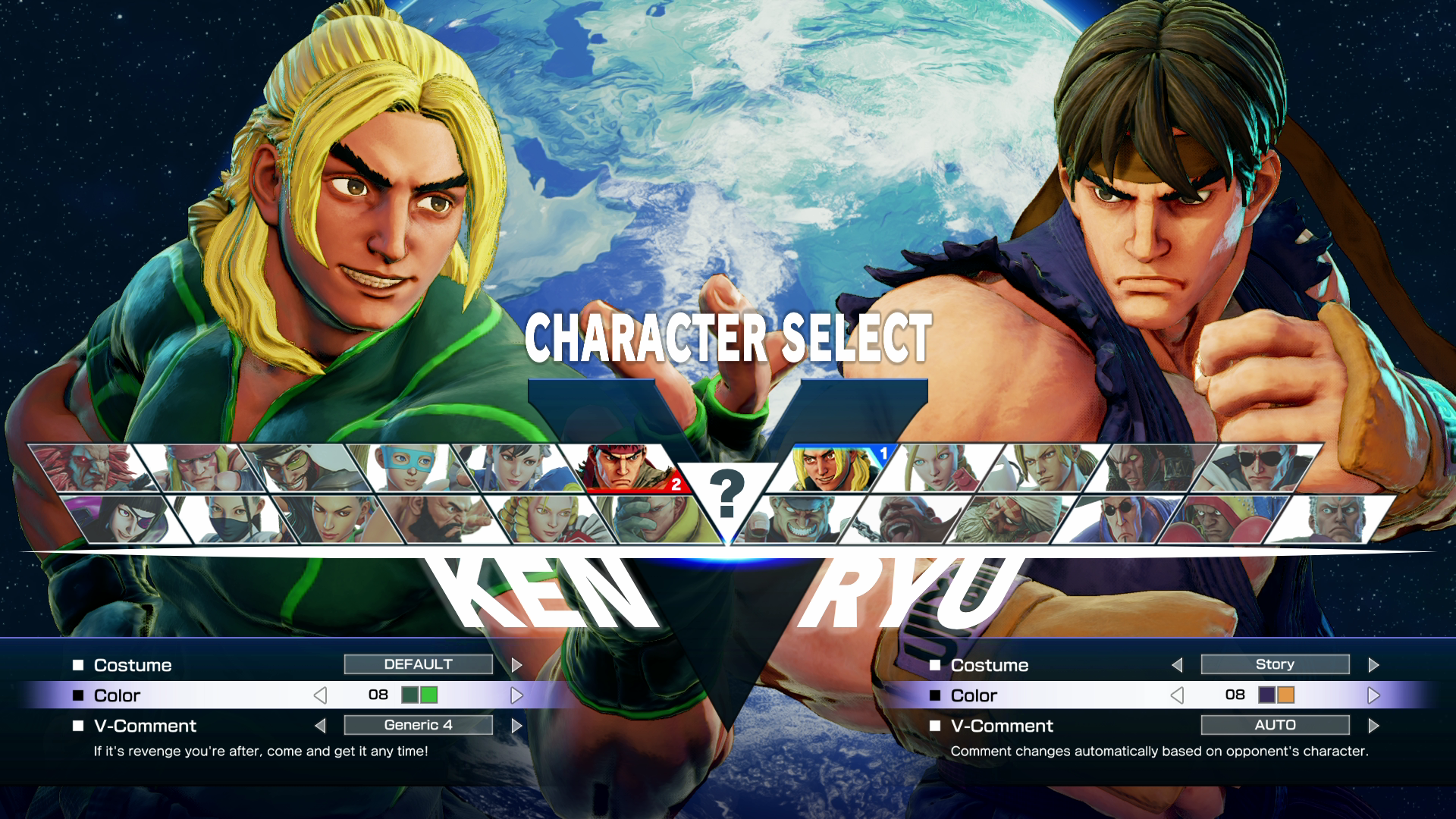It’s time to look forward to WordCamp US at the end of the year: seeing lots of familiar faces, attending fantastic sessions by creative and knowledgeable people, and volunteering to help create a great event for every attendee.
Last year, I gave a lightning talk on code review that I thought went very well; it was an adaptation of a talk I gave earlier in the year at WordCamp St. Louis based on the experience I’ve had with code review as a culture-centric thing at Automattic and specifically on the WordPress.com VIP team.
The deadline for talk submissions for this year is tomorrow, and so far, I have submitted two talks (I’ll bring up the third in a bit here):
Security, the VIP Way
My VIP team colleagues suggested this topic. We deal with some pretty large sites with lots of users, and can be the target of attacks by unsavory people, so we have developed security policies and best practices that we have found to be successful. I think I could relay some of these practices and give good examples in an engaging way.
I submitted this as a 50-minute talk, but it could be adapted as a lightning talk. I think this talk is pretty straightforward and would need some creative slide deck management to make it my particular style of engaging.
User Support: Playing to Win
OK, so this one is a long shot—and to be honest, I haven’t written it yet, but it’s nearly-fully-formed in my head. Support has been my career for over a decade now.
I have also played fighting games for a huge chunk of my life, but only in the last few years have I taken playing them seriously and competitively.
Fighting games are about resource management, spacing, timing, and adaptation. It struck me at one point that a lot of that is very similar to how I approach support interactions. I want to find a way to bridge those metaphors in a talk.
This would almost definitely be a lightning talk, and I submitted it that way. The slide deck would be really challenging and enjoyable to create. I’m secretly hoping this one is chosen.
A Third Talk?
Just a bit earlier this evening, I considered submitting a third talk based on my blog post from last night, regarding advice for applying to Automattic. After I wrote it, it occurred to me that a lot of what I talk about in the back half of the post is less specific to Automattic and more interesting in the context of open-source-related companies, of which Automattic is one.
But when it came time to write the abstract, I couldn’t come up with a good way to frame the talk that wouldn’t come across as “hey, you should come work at Automattic.”
The concept I had: I would talk with some other people at other WordPress-ecosystem and maybe even other OSS-ecosystem companies, and gather some more information from them about their workplaces and what they like to see.
In the end, because of where I work, there are optics to consider. Does it come across as a recruitment effort? Some people might look at it and think that it does, especially since I would be referencing a post that’s specifically advice for people who might want to work here. What I would love to get across is that there are lots of great companies in WordPress orbit people can work for, or could start, and I suspect they share these open-source traits. It’d probably be interesting.
But I won’t be submitting that one. I feel comfortable talking on my own space here about the work culture of Automattic and why I love working there (and I do this often because it’s all true), but I’m not comfortable making that the subject of a talk at one of the two large-focus gatherings of people from all of the WordPress community. It could be interpreted in a way I’d rather not evoke if I can avoid it.
How’s The Third Talk Different from The First Talk?
(Thought I’d address it because I know someone will think it.)
To be concise: I think there’s a big difference between sharing best practices concerning the WordPress software and supporting users and giving a talk where my workplace is a focus. Bonus: at VIP, we work in partnership with various agencies and WordPress users, so many of those best practices have developed in active collaboration. I feel comfortable sharing those practices in a broader arena without making it overly Automattic-centric.
Like this:
Like Loading...




